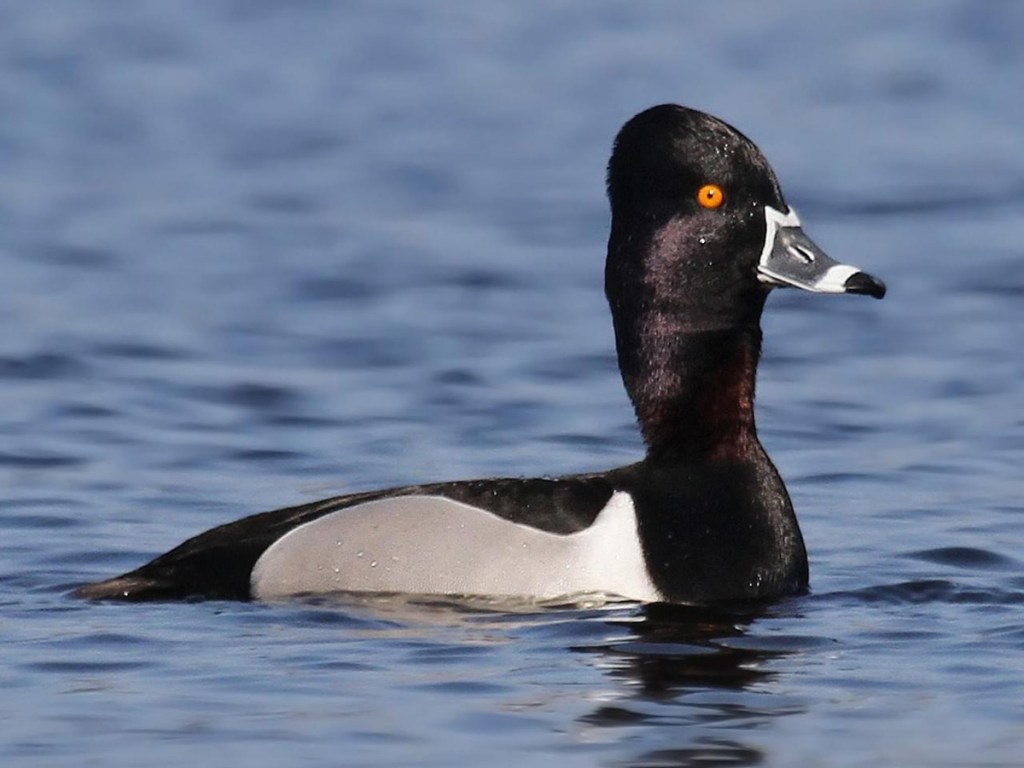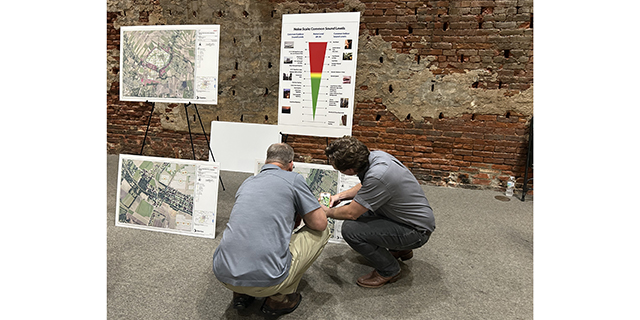Biologist: Ring-necks flocking to Catahoula Lake
Published 6:00 am Sunday, November 25, 2018

- Ring-necked breeding male duck.
BATON ROUGE — With improved weather conditions in mid-November, the state’s waterfowl study leader was able to compete the second aerial waterfowl population survey of the season and found some encouraging numbers on Catahoula Lake.
Larry Reynolds, veteran waterfowl biologist with the state Department of Wildlife and Fisheries, and his staff also flew over the northwest and northeast parts of the state on Nov. 15 and Nov. 16. They were able to complete the survey for the coastal zone in southwest Louisiana on Nov. 5, five days before the start of the 2018-19 waterfowl hunting season, but were prevented from surveying the southeast transects by rain and fog later that week.
The LDWF crew got up in the air those two days in mid-November. Because Catahoula Lake was 6 feet higher than the management target, just a few dabbling ducks were seen, Reynolds said in his report filed Tuesday.
However, the estimated 103,000 ring-necked ducks and canvasbacks were by far the most diving ducks seen in November since at least 2008, he said, when diving duck numbers varied between 0 and 21,000. The Catahoula Lake survey’s diving duck total is similar to the most recent 10-year November average of 105,000 total ducks, he said.
An estimated 12,000 ducks were counted in northwest Louisiana, primarily on the locks, lakes, oxbows and fields along the Red River and upper Toledo Bend. That estimate is 72 percent higher than the 7,000 counted in November 2017 and nearly 80 percent higher than the average since 2005.
Gadwall was the most abundant species with an estimated 4,500, followed by an estimated 2,000 mallards, 1,500 ring-necked ducks, 1,300 shovelers and 1,200 green-winged teal, which means 88 percent of the ducks surveyed were gadwall, Reynolds said.
Nearly 70 percent of the ducks were counted on managed impoundments near Loggy Bayou but high numbers also were seen on the Red River between Lock 4 and Shreveport, he said. Habitat conditions were much wetter than last year at this time, with river and lake levels high, and there was ample water in the rice fields, according to the waterfowl biologist.
Lake Bisteneau and Lake Wallace were in drawdown stages and few ducks were seen in those habitats, the report said.
In northeast Louisiana, only 104,000 ducks and 96,000 (less than 10 percent of them white-fronted) were counted on selected habitats during the traditional route that was standardized in 2005. The estimate was 42 percent lower for ducks than November 2017 and 30 percent lower than the November average of 148,000 for the survey since 2005.
Also, Reynolds reported, the number of geese counted that day is 61 percent lower than the 249,000 counted last November.
Gadwall was the most abundant duck with an estimated 38,000. Gadwall, pintail (25,000), green-winged teal (19,000) and ring-necked ducks (13,000) accounted for 91 percent of the ducks counted, the report noted.
Like northeast Louisiana, the surveyed area was wetter than last year in November. The rice harvest wasn’t completed and it appeared some crops were left in the field.
There was average flooding in the agricultural fields and increased flooding in backwater areas of the major river systems. Concentrations of ducks and geese were noted in flooded rice fields in the Bunkie/Grand Cote, which held nearly one-third of the ducks and half the geese counted on the survey. Nearly as many geese were in the Bonita/Mer Rouge areas.





